1. From “Bicycle” to “High-Speed Train”: A Leap in Speed
The transmission speed of Bluetooth 4.0 is approximately 1 megabit per second (1Mbps), akin to delivering packages by bicycle, which can only carry a limited number of parcels at a time. In contrast, Bluetooth 5.0 boosts the speed to 2Mbps, similar to upgrading to a high-speed train, doubling the transport capacity and significantly improving efficiency when transferring large files or high-definition audio.
For example, transferring a 5MB song using Bluetooth 4.0 takes about 40 seconds, while Bluetooth 5.0 only requires 20 seconds. This speed enhancement is particularly suitable for scenarios that require rapid data synchronization, such as the exchange of health data between smartwatches and smartphones.
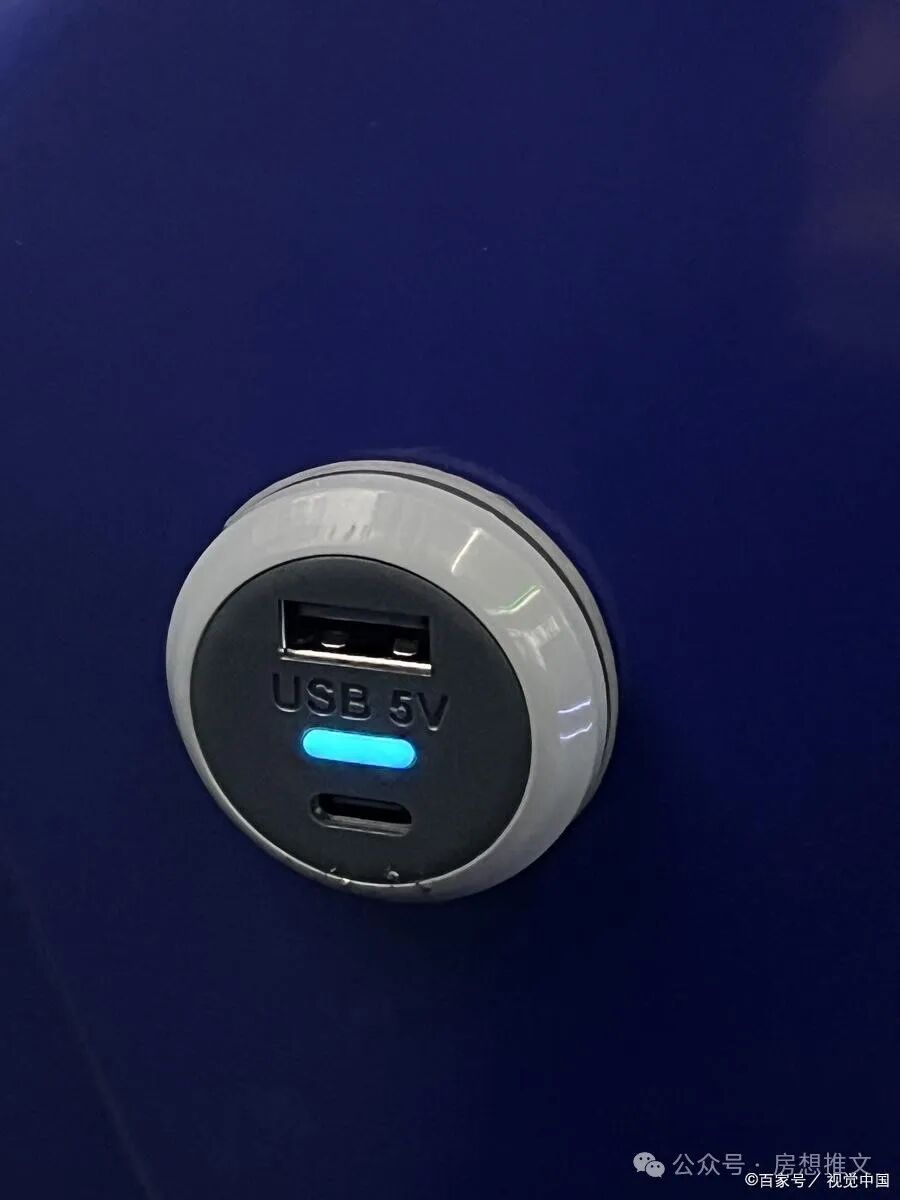
2. From “Flashlight” to “Searchlight”: Coverage Area Expanded Fourfold
The effective transmission distance of Bluetooth 4.0 is about 100 meters (in ideal outdoor conditions), similar to a regular flashlight with limited light range. Bluetooth 5.0 extends the coverage area to 200 meters, and in some scenarios, it can reach up to 240 meters, akin to a searchlight with stronger penetration.
This means that when using Bluetooth 5.0 headphones to listen to music at home, even if the smartphone is in the living room, a stable connection can be maintained while moving to the balcony or kitchen, without disconnections due to walls.
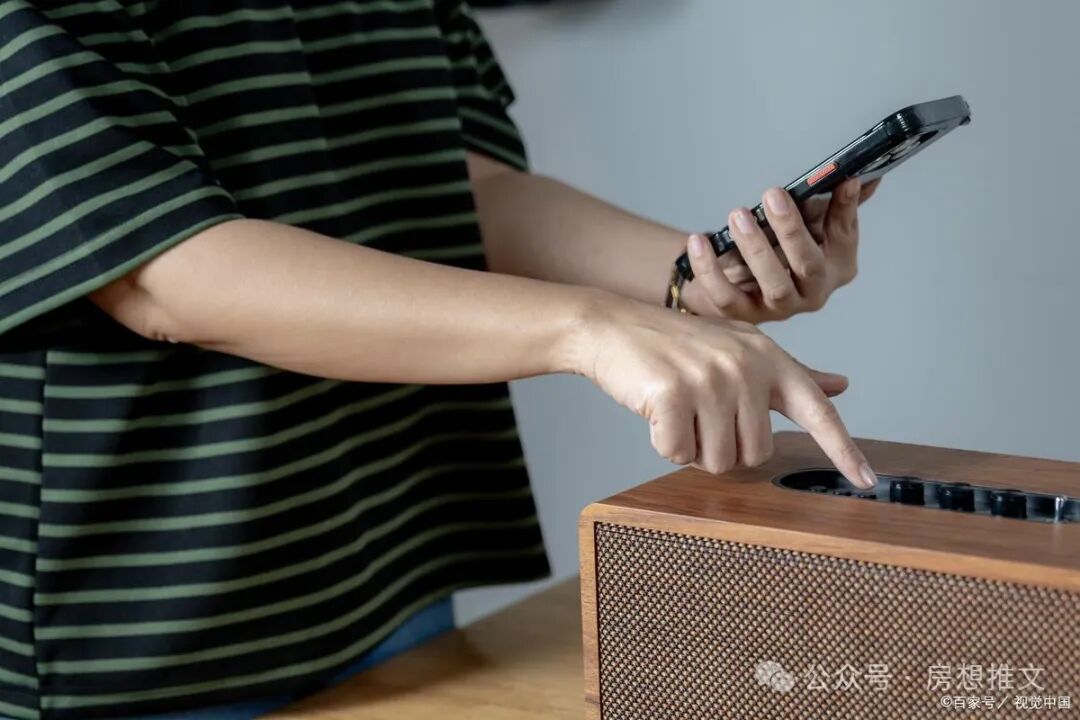
3. The Secret of the “Standby King”: Reduced Power Consumption, Doubling Battery Life
Bluetooth 5.0 introduces Low Energy (LE) technology, similar to the “super power-saving mode” of smartphones. For instance, Bluetooth 4.0 headphones may require daily charging, while Bluetooth 5.0 headphones can extend battery life to several days.
This improvement is due to an optimized signal transmission mechanism. Bluetooth 5.0 devices only wake up when needed, remaining in sleep mode most of the time, like a “napping cat,” staying alert while conserving energy.
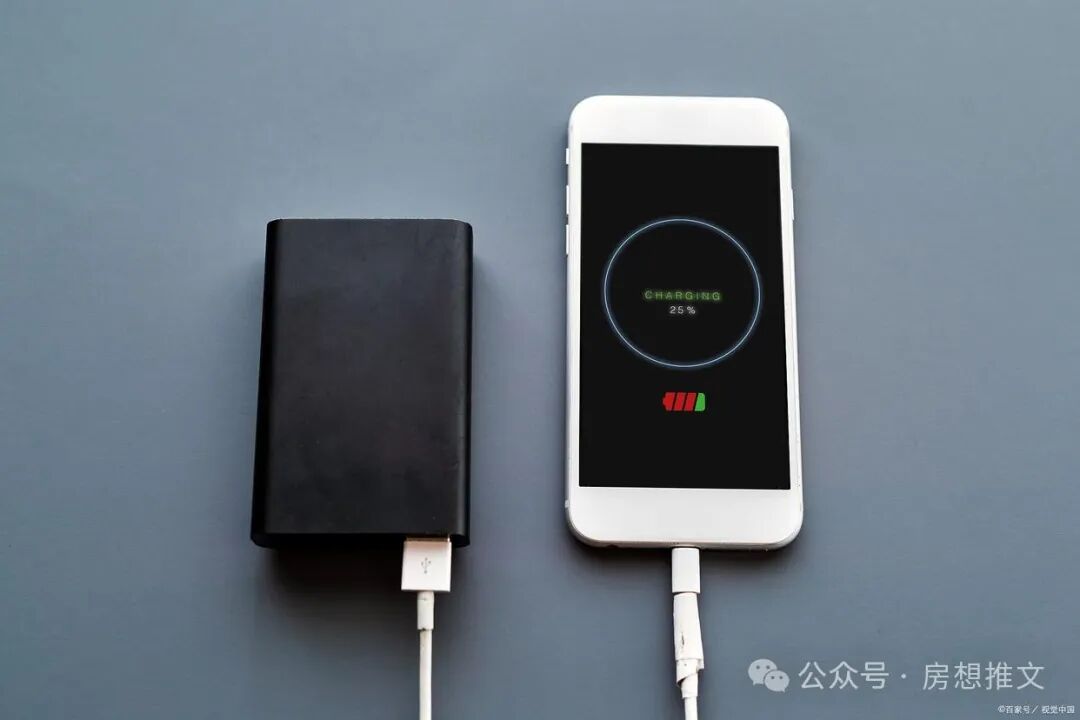
4. The “One-to-Seven” Magic: Simultaneous Connection of Multiple Devices
Bluetooth 4.0 supports a maximum of 2-3 device connections, similar to a power cord that can only charge one phone. In contrast, Bluetooth 5.0 can connect up to 7 devices simultaneously, like a multi-socket outlet, accommodating the parallel use of smartwatches, headphones, speakers, and more.
Users can type on a Bluetooth 5.0 keyboard, operate a computer with a mouse, and listen to music through headphones simultaneously, with all devices working without interference, akin to a symphony orchestra where each instrument plays harmoniously.
5. “Vault” Level Protection: Enhanced Security
The encryption technology of Bluetooth 4.0 is like a standard door lock, while Bluetooth 5.0 employs more complex encryption algorithms and random address generation mechanisms, equivalent to adding fingerprint recognition and dynamic password locks to data.
For example, Bluetooth 5.0 devices can effectively resist eavesdropping by hackers when transmitting health data or payment information, mitigating the risk of privacy breaches.
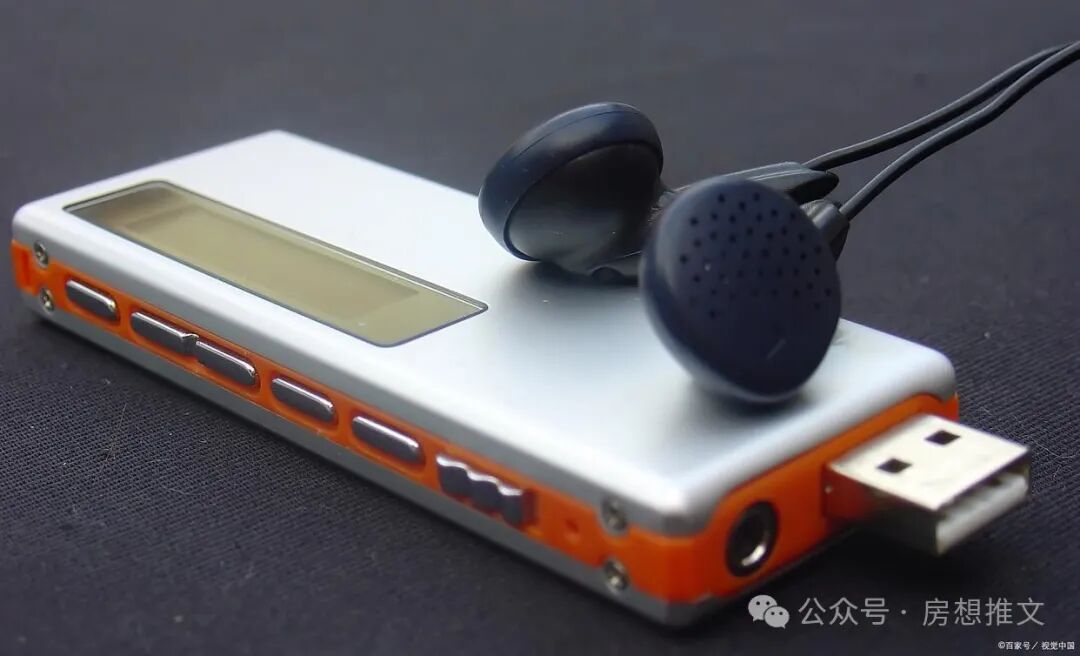
6. The Wisdom of “Backward Compatibility”: Seamless Connection of New and Old Devices
Bluetooth 5.0 was designed with support for older versions in mind. For example, Bluetooth 5.0 headphones can connect to Bluetooth 4.0 smartphones, but the transmission speed and distance will automatically downgrade to 4.0 levels, similar to a high-speed train slowing down when entering a regular track.
However, to fully leverage the advantages of Bluetooth 5.0, all devices must be version 5.0, just as a fleet must uniformly upgrade its engines to collectively increase speed.
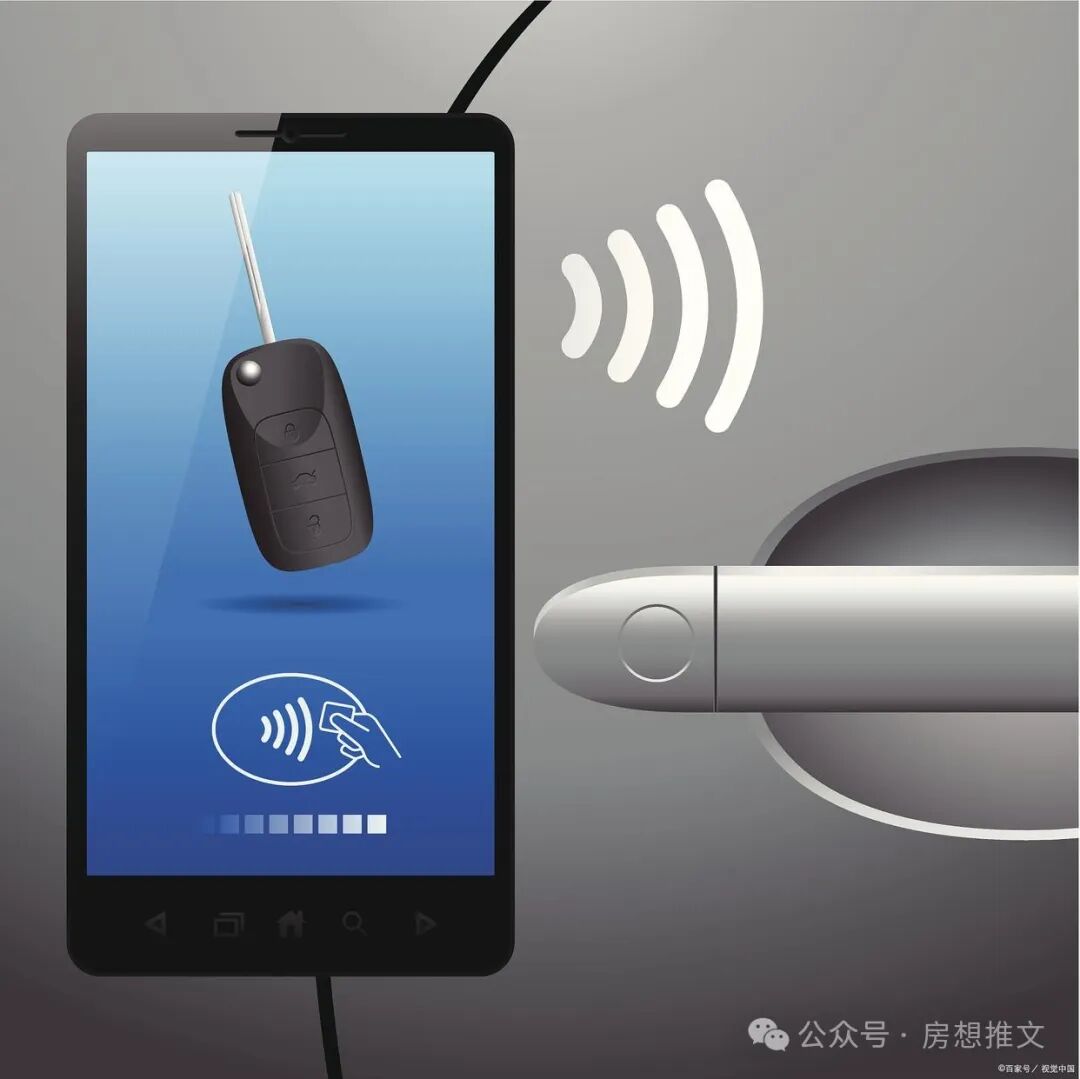
7. “Invisible Upgrades” in Real-World Scenarios
The improvements of Bluetooth 5.0 are not only reflected in parameters but also permeate daily life details. For example:
■ Smart Home: Bluetooth 5.0 gateways can control multiple sensors simultaneously, with lights, locks, and air conditioning responding more promptly.
■ Healthcare: The data transmission of heart rate monitors is more stable, allowing doctors to diagnose remotely without worrying about signal interruptions.
■ Outdoor Sports: The GPS positioning data of sports watches can be synchronized to smartphones in real-time, with lower error rates.
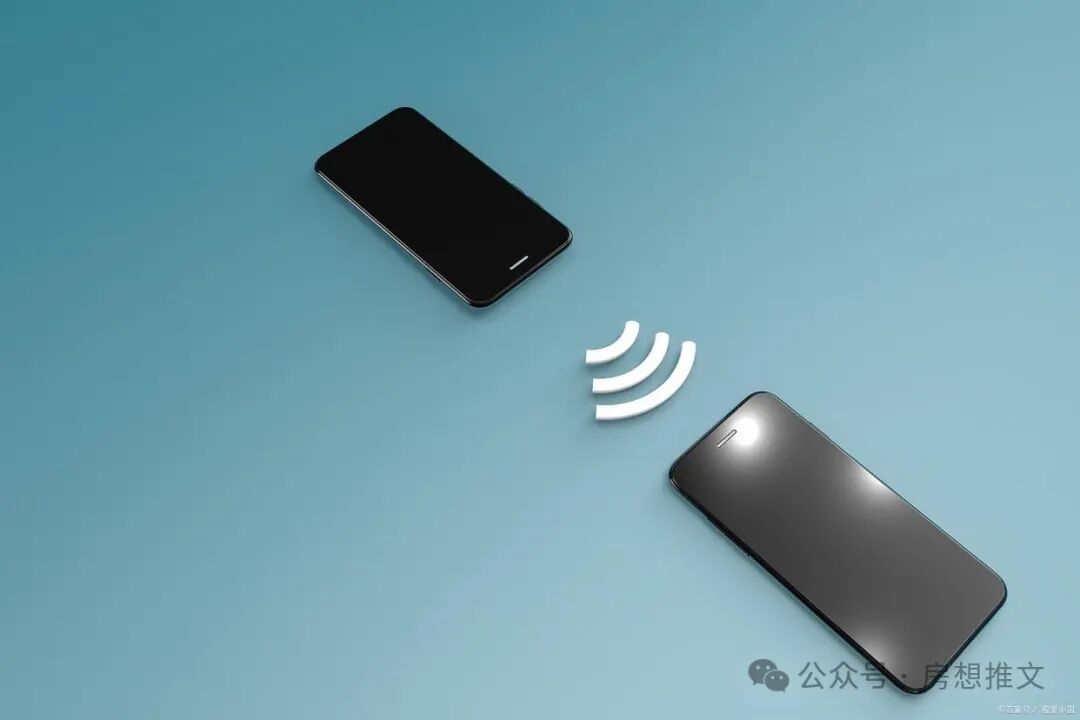
Conclusion: Technological Iteration, Evolving Experience
The upgrade from Bluetooth 4.0 to 5.0 is akin to transitioning from “feature phones” to “smartphones”; behind seemingly minor parameter changes lies a comprehensive leap in user experience. Whether in speed, distance, or multitasking, Bluetooth 5.0 is paving a broader wireless path for the era of the Internet of Things. Just as the transition from horse-drawn carriages to automobiles was not instantaneous, each evolution of Bluetooth technology quietly reshapes our lives.